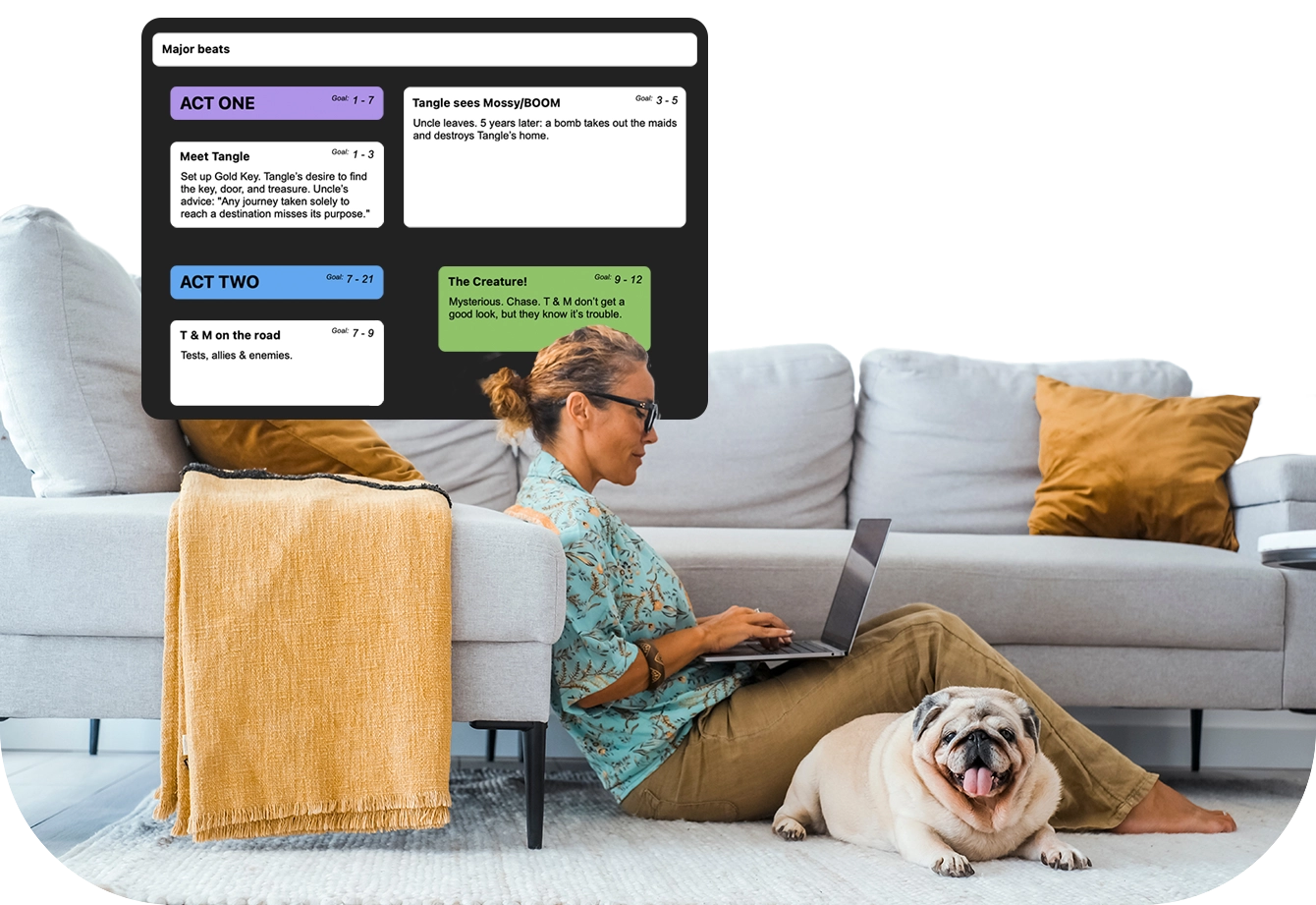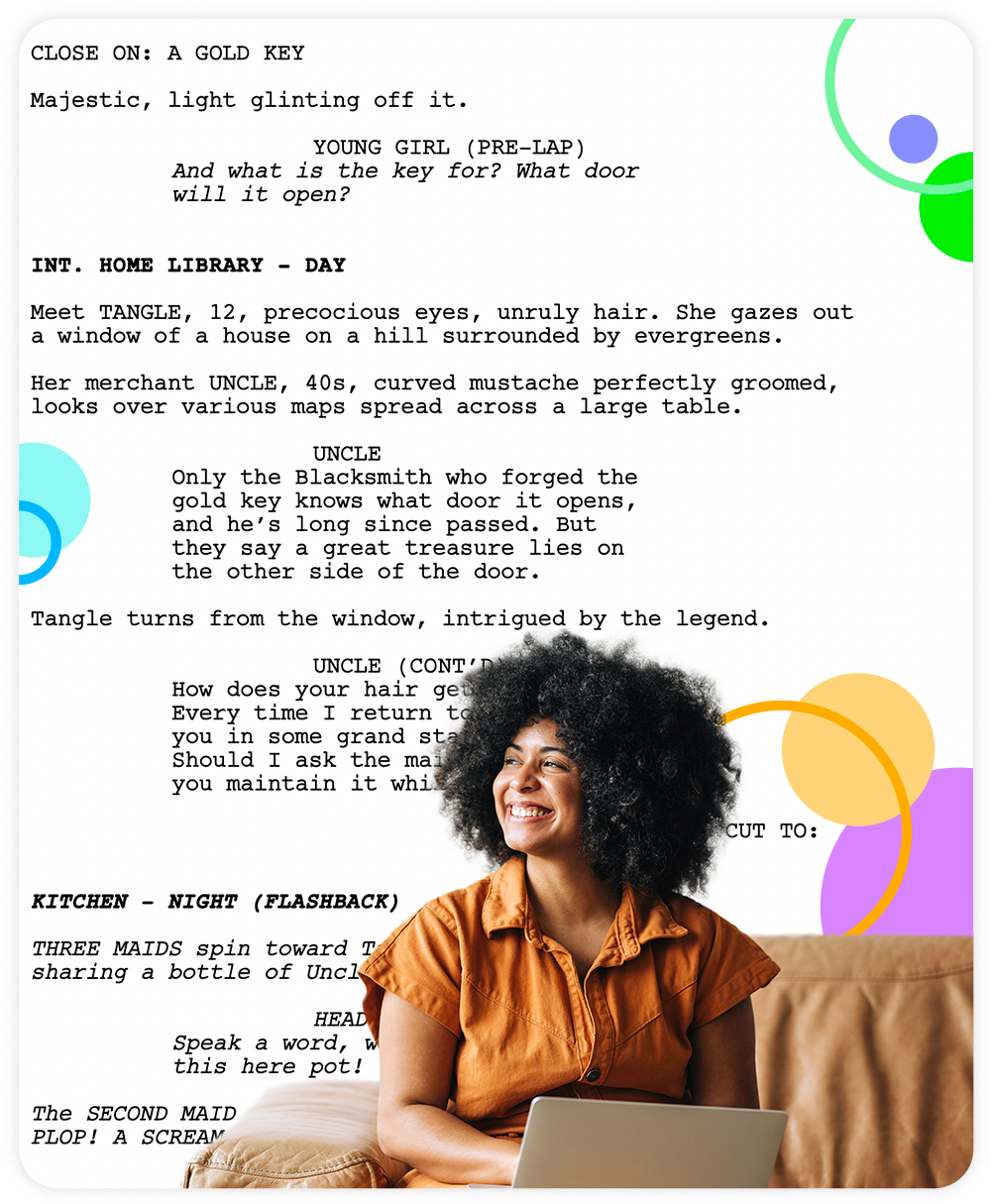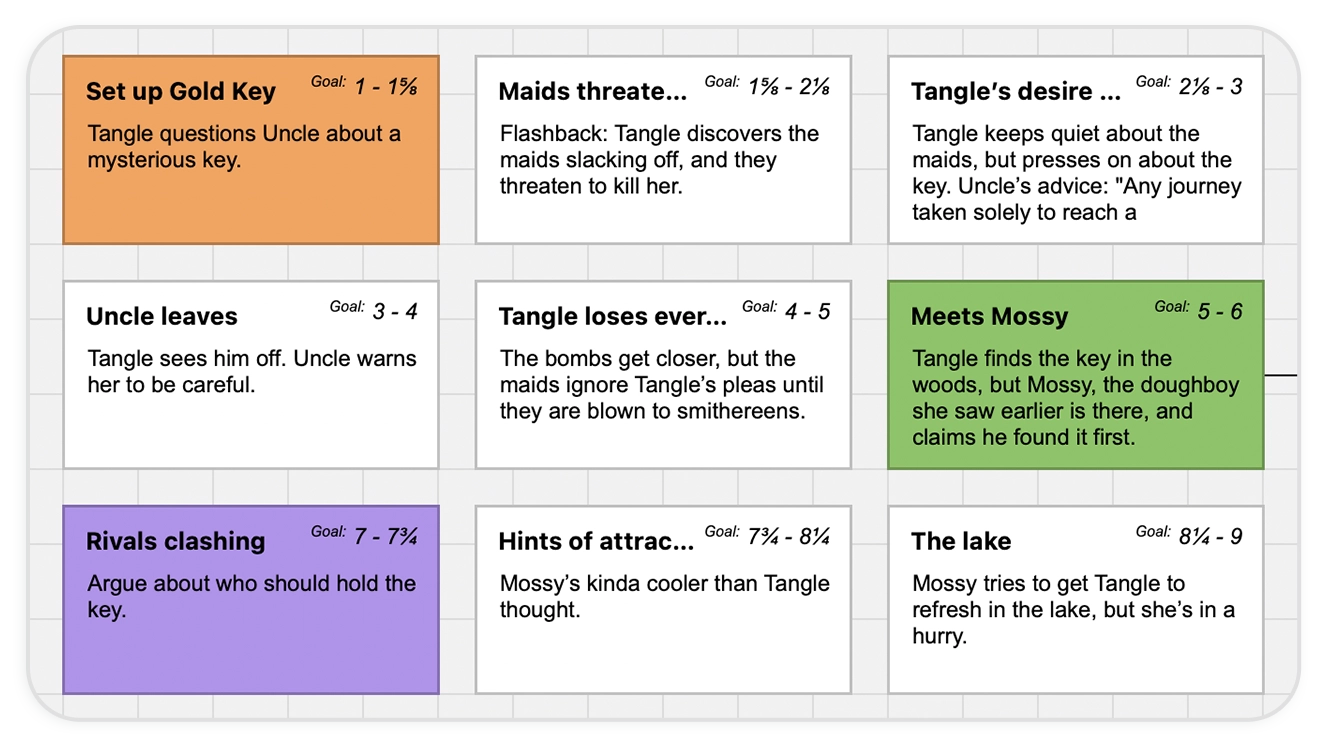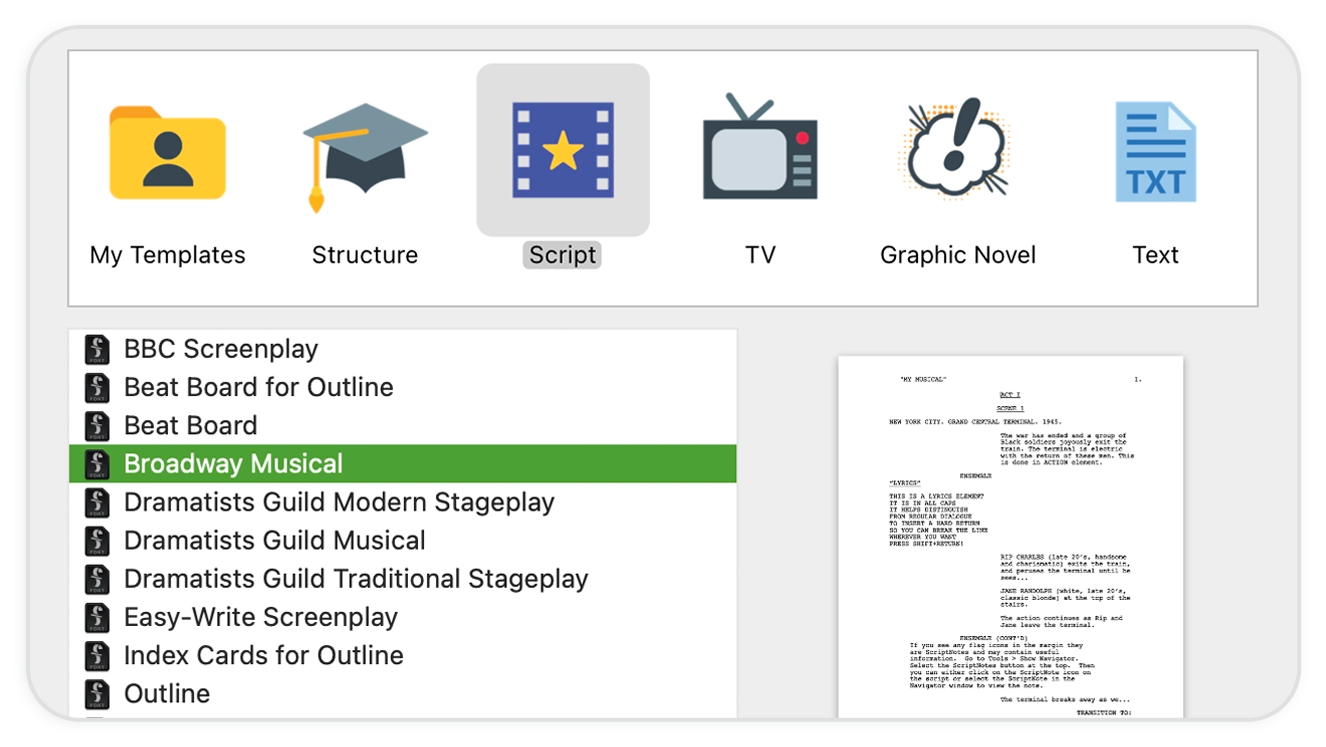

The Modern Screenwriter’s Toolbox
The image of a screenwriter hunched over a typewriter is an indelible one. From William Holden’s traditional typewriter in Sunset Boulevard to Nicolas Cage typing away on his electric one in Adaptation, we are very familiar with the idea of screenwriters struggling with the blank page. But we all know the days of typewriters are long over. Today’s screenplays are collaborative efforts that pass back and forth between writers, producers, script coordinators, and all the budgeting/wardrobe/location personnel on the production team.
But before all that, it’s still all about that blank page. With Final Draft, the industry standard screenwriting software, the struggle is over.
Final Draft gives you the tools, from beat boards to outlining to productivity tools, to bring your story to life. Better yet, Final Draft automatically formats your screenplay to industry standards so you can focus on what you do best – writing.
Why Use Screenwriting Software?
You might think simply using a word-processing program on your computer is good enough for your first screenplay. But screenplays have their own formatting rules that quickly become a major pain if you’re trying to meet them manually, and you’ll find yourself thrown out of the flow of your writing fast. That’s why screenwriters rely on screenwriting software like Final Draft.
Although a word-processing program does include some basic formatting tools (fonts, styles, spellcheck, etc.), it doesn’t offer the formatting tools specifically tailored for the film and television industry. Instead, the right screenwriting software will not only take care of formatting for you, it will speed up the screenwriting process. No need to repeatedly type locations, times of day, or the names of your characters or switch between caps lock and sentence case–instead, with Final Draft, a quick tab and enter will automatically flip between the format types you need and SmartType will auto-complete your locations and character names. You can focus on your story instead of your typing.
Equally important–professional screenwriting software signals professionalism. If an agent, manager or producer reads a screenplay that isn’t formatted to industry standards, your script risks being dismissed as “amateurish” or “unprofessional”, before they even dive into your story and characters.
To ensure this doesn’t happen, your best option is to invest in a professional screenwriting program. It’s an investment in yourself and your career. The very fact that you purchased a screenwriting program tells industry professionals that you take your craft seriously and are ready to work with other professionals. If you want to be a screenwriter, you need to show that you’re proficient with a screenwriter’s tools.
But which screenwriting program should you invest in?


The Industry-Standard Screenwriting Software
For over 25 years, Final Draft has been the industry standard and market leader in screenwriting software. Final Draft is used by 95% of all Hollywood productions and is the best-selling screenwriting software worldwide. It is the first choice for both professional and aspiring screenwriters, producers, directors and industry executives. When rewriting a script and working on productions, the document files you share with other professionals are nearly always going to be an FDX (Final Draft) file. It’s the signifier that you’re a pro.
Why Final Draft? It’s the only screenwriting software that outputs files that are fully production-ready. From the guarantee that pages will meet the stringent requirements of a shooting script to production tools to the ability to plug into today’s budgeting and scheduling software, Final Draft is the backbone of Hollywood.
Final Draft: The Professional Screenplay Formatter
Scripts written with a regular word-processing program or a free web-based screenplay template can’t be used in professional film productions. They’re often retyped or must be converted to a proper FDX to get them ready for production. Screenplays written in Final Draft in our FDX format are ready for professional use.
Not in Hollywood? Final Draft is still the standard and used professionally all over the world, including the United Kingdom, Canada, Australia, Germany, France, India, and over 60 other countries. There are dictionaries in English (U.S., Canada, and British), Catalan, Danish, Dutch, French, German, Swiss-German, Hindi, Tamil, Telugu, Kannada, Malyalam, Bengali, Marathi, Italian, Norwegian, Portuguese (Brazilian and European), Spanish, and Swedish. So whatever country you’re in, if you’re using Final Draft, you know you’re using the industry standard.
Final Draft formatting has its roots in the studio script standards established over one hundred years ago. Not a lot has changed since: the same proper pagination, the same format, the same twelve point Courier font (the Courier Final Draft font was built specifically for this purpose), and keeping to approximately one minute of screen time for every written page is still important. This pagination guideline was and is still used for quick high-level script evaluations by writers, agents, producers, and studio executives when promoting, planning and budgeting projects.




Final Draft is perfect for beginner screenwriters, too! With our unique Beat BoardTM, Outline Editor, and send-to-script features, you never have to fear an empty page. Get your major thoughts together and then magically create an outline that will help you get to work faster. Productivity tools are perfect for setting goals and keeping yourself on track.
Final Draft 13 also offers templates that can help give you a framework for your script. A template is a reusable document formatted to industry standards or your personal preference. You can choose from customized templates to script, TV, graphic novel, and text templates. You can also choose the category Structure to find templates based on popular structural guides like Blake Snyder’s Save the Cat!, Chris Vogler’s The Writer’s Journey and Dan Harmon’s Story Circle.


The most important thing is that, with Final Draft, you don’t have to try to remember all the formatting rules for your script. Final Draft makes writing effortless, for professionals and newcomers alike.
Final Draft 13 also offers templates that can help give you a framework for your script. A template is a reusable document formatted to industry standards or your personal preference. You can choose from customized templates to script, TV, graphic novel, and text templates. You can also choose the category Structure to find templates based on popular structural guides like Blake Snyder’s Save the Cat!, Chris Vogler’s The Writer’s Journey and Dan Harmon’s Story Circle.
Try Final Draft today with our free 30-day trial
